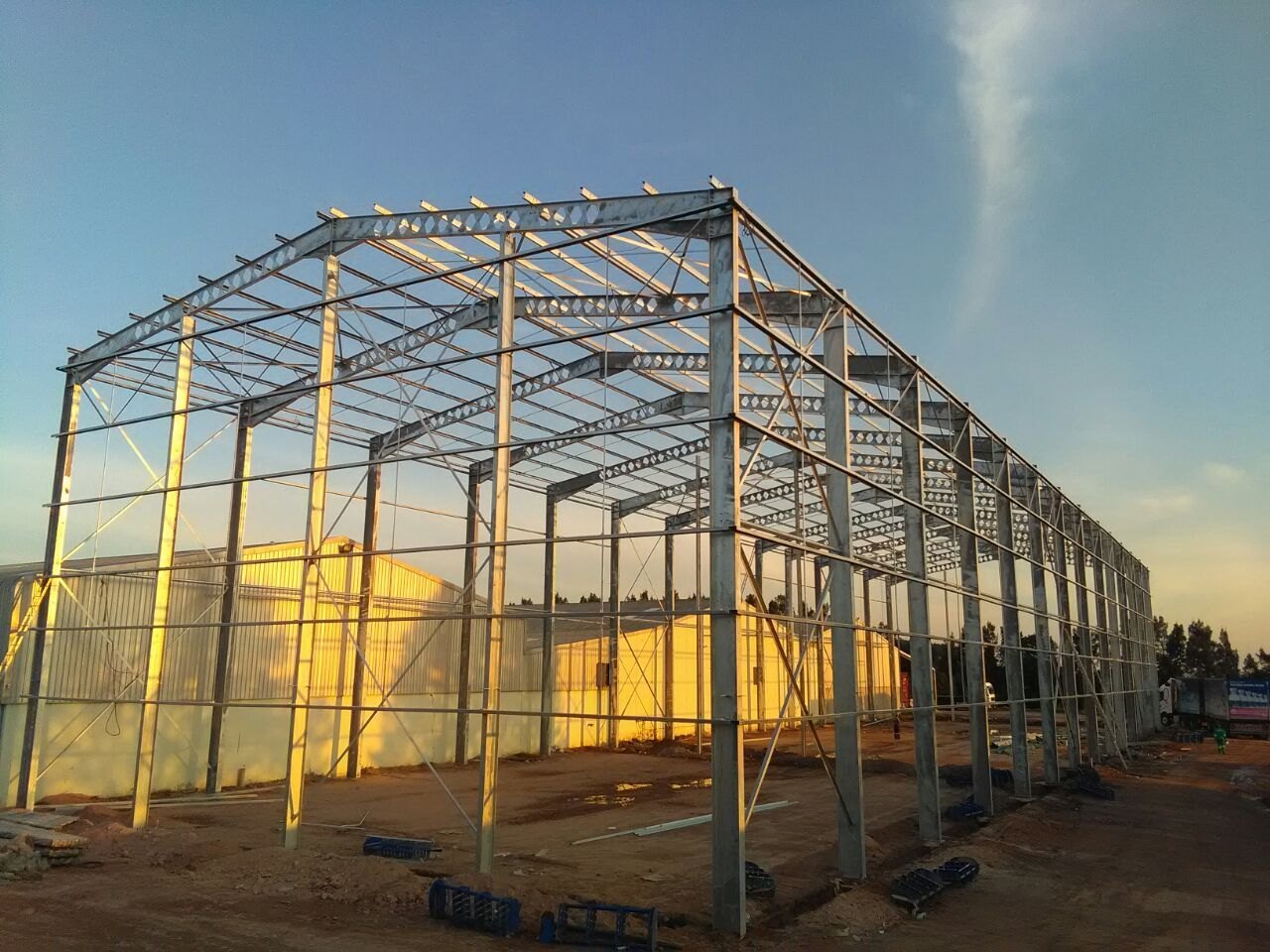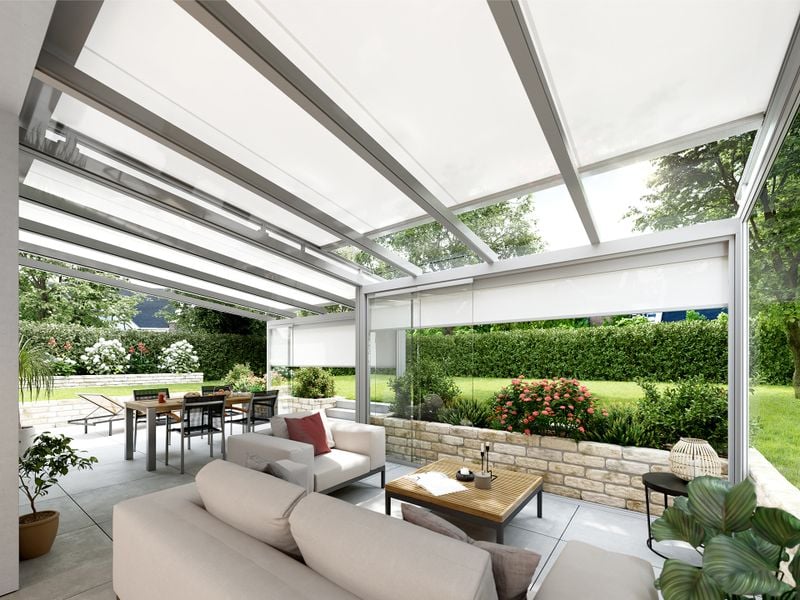In today’s world of modern construction, architects and engineers are constantly searching for solutions that offer both innovation and practicality. This is where Steel structure design emerges as a true game-changer. Known for its strength, adaptability, and efficiency, it has become the backbone of some of the most iconic buildings across the globe. Whether it’s creating expansive open spaces, supporting unique geometrical designs, or ensuring durability, steel has reshaped the possibilities of architecture.
The Evolution of Steel in Architecture
Steel has not always been the go-to material for construction. Earlier structures heavily relied on wood, stone, and concrete, but these materials had limitations when it came to design flexibility and durability. With the advent of advanced steel production methods in the 19th century, architects suddenly had a material that could push the boundaries of design. Iconic skyscrapers in cities like New York and Chicago were only possible because of steel’s strength-to-weight ratio and adaptability. Today, steel continues to be the preferred choice for projects ranging from residential complexes to massive industrial facilities.
Why Steel Structure Design Enhances Flexibility
Adaptable to Complex Architectural Forms
Architectural creativity often demands materials that can bend—literally and figuratively—to new ideas. Steel allows architects to design intricate curves, unusual angles, and innovative layouts without compromising strength. Unlike traditional building materials, steel can be fabricated to meet almost any design requirement, giving architects unprecedented freedom.
Longer Spans, Open Interiors
One of the defining features of steel is its ability to cover large spans without the need for excessive support columns. This results in open interior spaces that are both functional and aesthetically appealing. From expansive airport terminals to modern stadiums, steel makes it possible to create large, uninterrupted areas that other materials would struggle to achieve.
Faster Construction Timelines
Flexibility in design isn’t just about form—it’s also about speed. Pre-engineered steel components are fabricated off-site and assembled quickly, reducing construction time dramatically. This not only makes steel structures adaptable to changing project requirements but also minimizes disruption, especially in urban environments where construction delays can be costly.
Residential and Commercial Applications
Residential Buildings
Modern homeowners are increasingly drawn to homes that combine style with durability. Steel structure design makes it possible to create open-plan living spaces, floor-to-ceiling windows, and energy-efficient layouts. It allows designers to integrate sustainability features such as solar panels and advanced insulation systems seamlessly.
Commercial Buildings
From shopping malls to office towers, commercial construction often requires large, flexible spaces that can adapt to changing business needs. Steel is the ideal material to accommodate open floor plans, mezzanine levels, and even future expansion. Businesses benefit from not only an attractive aesthetic but also the long-term cost savings that come with structural efficiency.
Industrial Facilities
Factories, warehouses, and manufacturing plants demand robust structures capable of housing heavy equipment and withstanding constant use. Steel offers the flexibility to design customized layouts that maximize workflow efficiency while ensuring durability under demanding conditions.
Sustainability and Environmental Benefits
Modern architecture is increasingly influenced by sustainability, and steel stands out as one of the most eco-friendly materials. Its recyclability ensures that structures can be dismantled and repurposed rather than contributing to landfill waste. Steel also contributes to energy efficiency in buildings, as its precision in fabrication minimizes material waste and reduces environmental impact.
Supporting Green Building Certifications
Steel structure design is often a key contributor to projects seeking certifications such as LEED (Leadership in Energy and Environmental Design). Its ability to integrate with modern energy-efficient systems and renewable technologies makes it a natural fit for environmentally conscious construction.
Durability and Safety as Foundations of Flexibility
While flexibility in architecture is crucial, safety and durability can never be compromised. Steel’s inherent resistance to fire, pests, and environmental challenges such as earthquakes or heavy snow loads ensures that flexible designs remain safe and reliable. This combination of safety and adaptability allows architects to confidently push the limits of design innovation.
Case Studies: Iconic Examples of Steel’s Flexibility
The Shard, London
This modern skyscraper exemplifies how steel can bring an architect’s bold vision to life. Its unique shape and expansive glass façade rely on a steel framework that provides both support and design freedom.
Beijing National Stadium (Bird’s Nest)
A marvel of engineering and design, this structure demonstrates how steel enables creativity on a massive scale. The intricate lattice-like design would not have been achievable with traditional construction materials.
Modern Residential Projects
Around the world, steel homes are becoming more common. These residences showcase open designs, floor-to-ceiling glass walls, and seamless indoor-outdoor transitions—all made possible by the flexibility of steel.
The Role of Noble Steel in Modern Construction
At Noble Steel, we understand that every project has unique needs. Our expertise in steel structure design ensures that architects, developers, and homeowners alike receive tailored solutions that balance creativity with structural integrity. From concept to completion, we prioritize quality, efficiency, and sustainability, helping our clients bring even the most ambitious designs to life.
Future of Steel in Architecture
The future of architecture is closely tied to technological advancements, and steel will remain central to these innovations. With new alloys, fabrication techniques, and design software, steel structures will become even more adaptable, sustainable, and efficient. This will continue to empower architects to design buildings that are not only functional but also works of art.
Conclusion: Building the Future with Steel
Architectural flexibility is no longer a luxury—it’s a necessity in today’s fast-evolving world. Steel structure design provides the strength, adaptability, and efficiency needed to meet these demands. Whether for residential, commercial, or industrial projects, steel enables innovative solutions that traditional materials simply cannot match. With Noble Steel as your trusted partner, you can unlock the full potential of steel and design spaces that stand the test of time.



